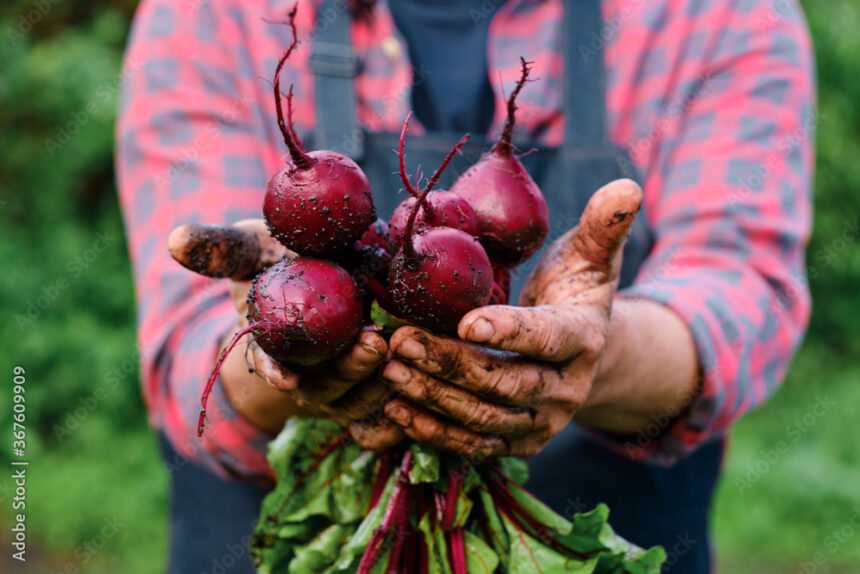When growing beetroot in South Africa, there are several infections and diseases that you should watch out for. Here are some common ones:
- Cercospora Leaf Spot: This fungal disease affects the leaves, causing small, circular, reddish-brown spots with a yellow halo. It can lead to defoliation and reduced plant vigor. To manage it, practice crop rotation, remove infected plant debris, and apply fungicides if necessary.
- Downy Mildew: Downy mildew is a fungal disease that thrives in cool, humid conditions. It appears as yellow or white patches on the upper surface of leaves, accompanied by grayish-purple fuzz on the undersides. Proper spacing between plants, good air circulation, and fungicidal sprays can help control it.
- Rhizoctonia Root Rot: This soil-borne fungus attacks the roots and can cause wilting, stunted growth, and rotting of the lower stem. Practice crop rotation, maintain well-drained soil, and avoid overwatering to minimize the risk of Rhizoctonia root rot.
- Beet Cyst Nematodes: These microscopic worms infect the roots of beet plants and can cause stunted growth, yellowing, and wilting. Use certified nematode-free seeds, practice crop rotation, and apply organic soil amendments to reduce nematode populations.
- Alternaria Leaf Spot: This fungal disease affects the leaves, causing small, dark brown spots with concentric rings. Severe infections can lead to defoliation and reduced yield. Remove infected plant debris and apply appropriate fungicides to manage Alternaria leaf spot.
- Powdery Mildew: Powdery mildew appears as white, powdery patches on the leaves, stems, and sometimes the roots. It thrives in warm, dry conditions. Improve air circulation, avoid overhead watering, and apply fungicides when necessary to control powdery mildew.
- Bacterial Soft Rot: This bacterial disease causes soft, watery decay of the roots, stems, and leaves. It is favored by warm and wet conditions. Practice good sanitation, avoid overwatering, and promptly remove and destroy infected plants to prevent the spread of bacterial soft rot.
To effectively manage these infections and diseases, it’s important to practice good cultural practices such as crop rotation, proper spacing, and maintaining healthy soil conditions. Regular monitoring of your beetroot plants and prompt action at the first sign of disease will also help minimize their impact on your crop. Additionally, consult with local agricultural extension services or experts who can provide region-specific advice for disease management in South Africa.
Join 'Farmers Mag' WhatsApp Channel
Get the latest Farming news and tips delivered straight to your WhatsApp
CLICK HERE TO JOIN






